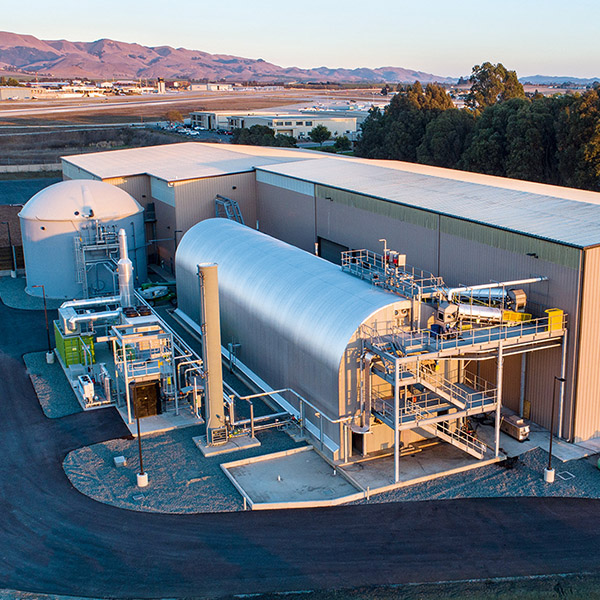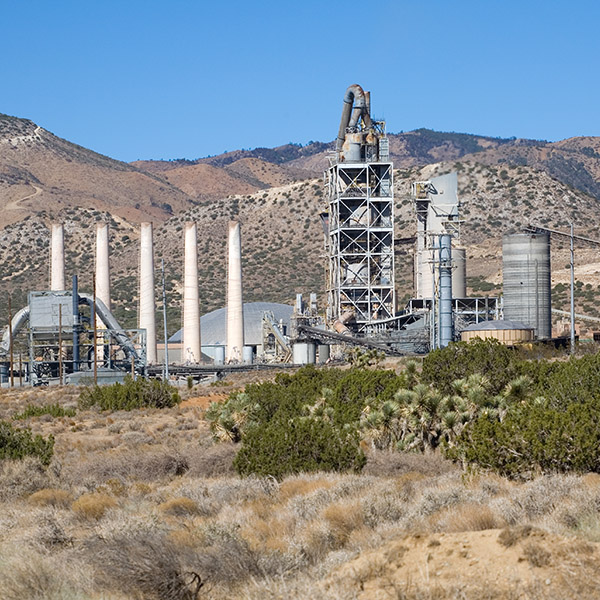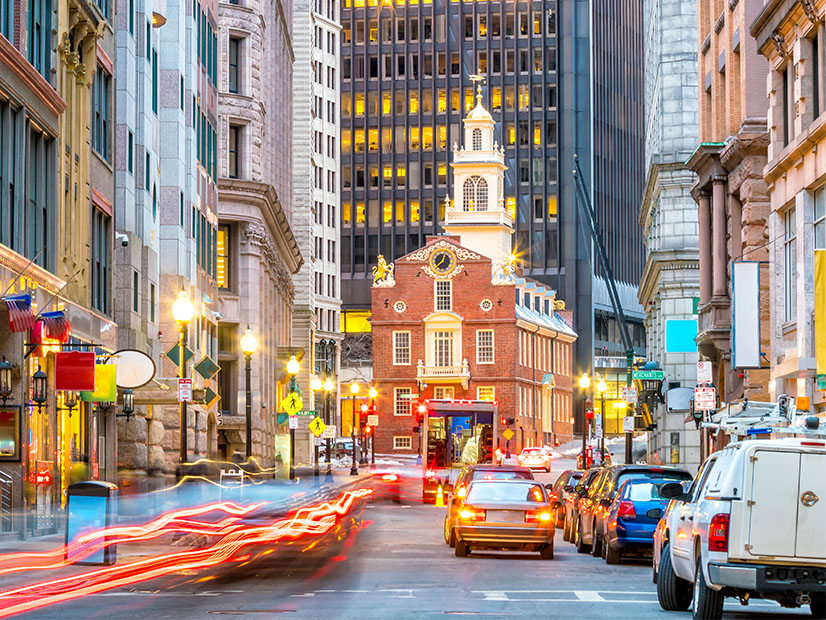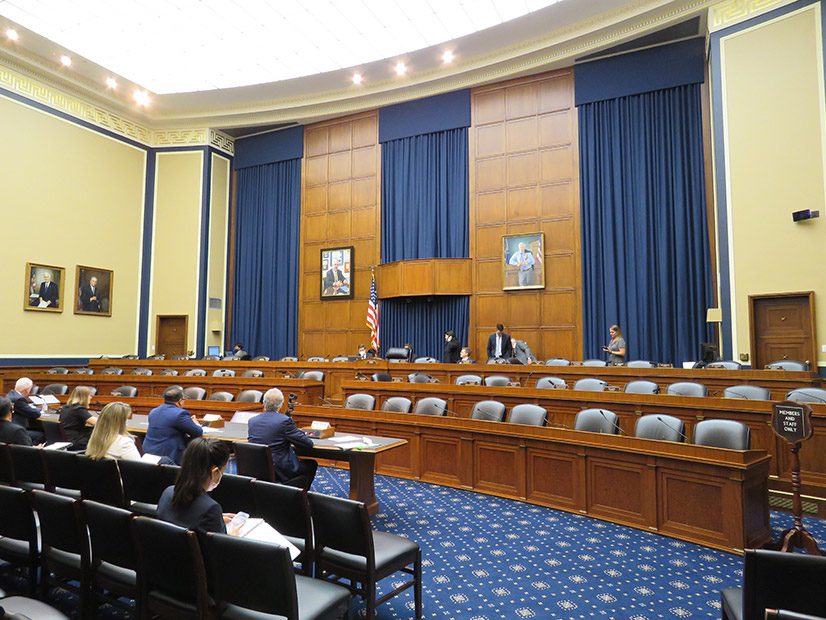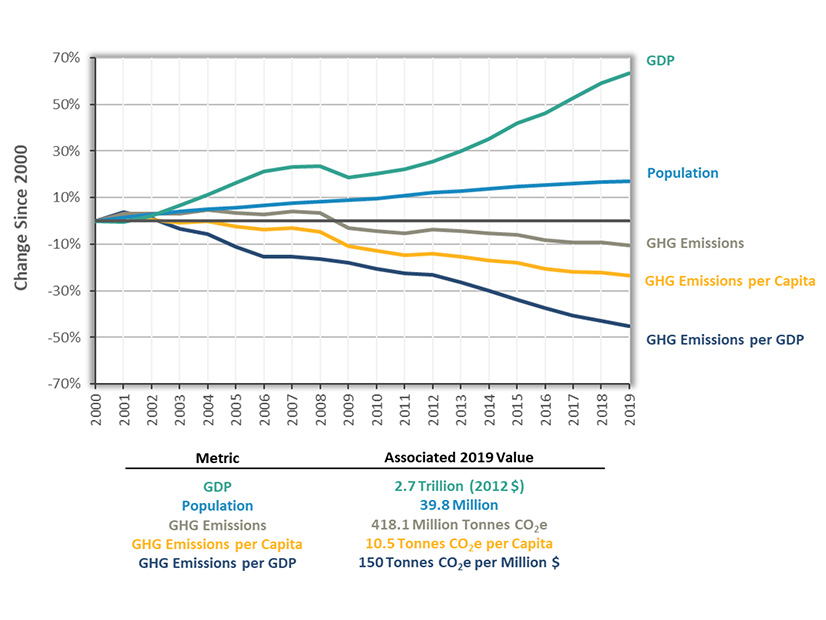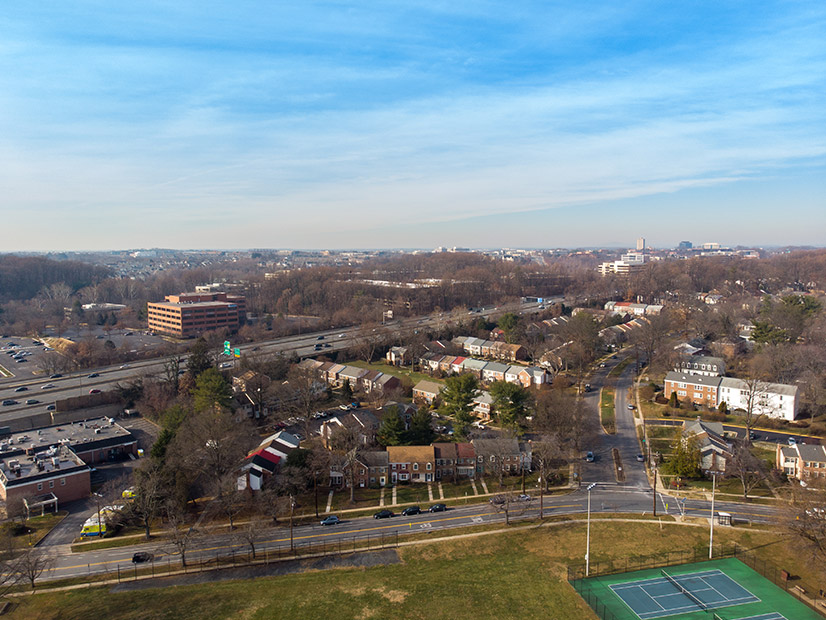greenhouse gas (GHG)
California wants to divert more waste from landfills to produce renewable natural gas and to reduce wildfire hazards.
The California Energy Commission is looking more closely at decarbonizing building materials, especially cement, the making of which produces carbon dioxide.

PlaneMad, CC BY-3.0, via Wikimedia
Global warming has delayed tropical monsoon seasons by four days, which affects agriculture in India, Africa and other regions, a new study shows.
Hawaii's GHG Sequestration Task Force met with state and nonprofit organizations to discuss how their projects fit into the state's sustainability plan.
Virginia will replace 83 diesel school buses with zero- or low-carbon vehicles, which will reduce the state’s GHG emissions by about 10,000 tons per year.
Mass. regulators have proposed a mechanism for tying quantifiable equity goals and GHG emission reductions to state energy efficiency program funding.
The California Energy Commission approved a major update to the state's building code, establishing new requirements for houses and business buildings.
FERC Chair Richard Glick bobbed and weaved his way through a House oversight hearing as Republicans attempted to pin him to positions on natural gas.
Increased use of renewable diesel and greater availability of hydropower helped California cut its greenhouse gas emissions by 1.7% in 2019.
Maryland is looking at challenges of different pathways to building decarbonization, while Montgomery County explores solutions in energy performance standards.
Want more? Advanced Search
